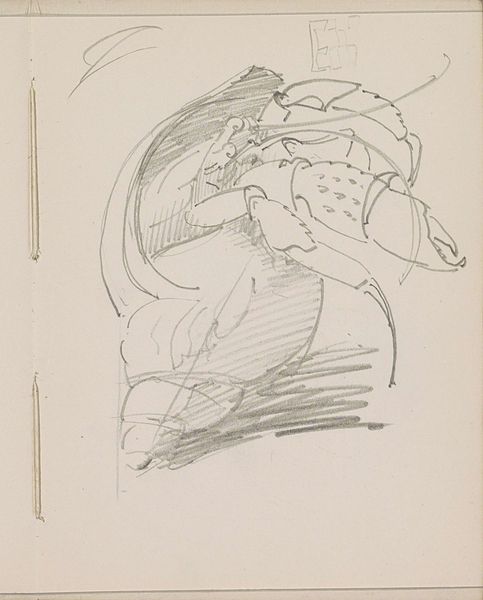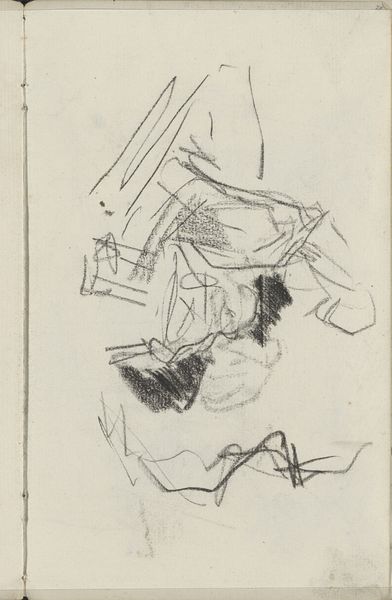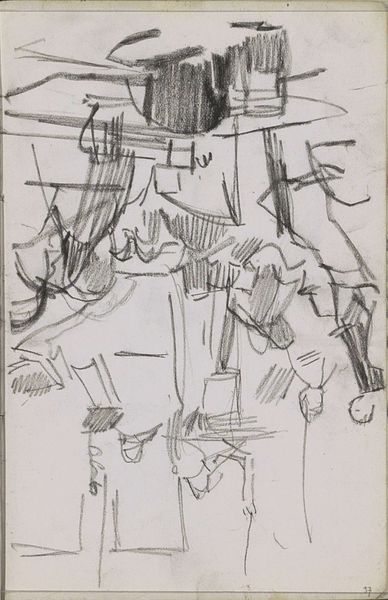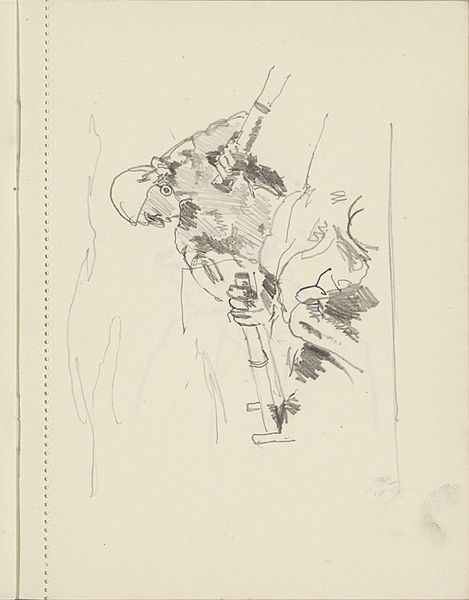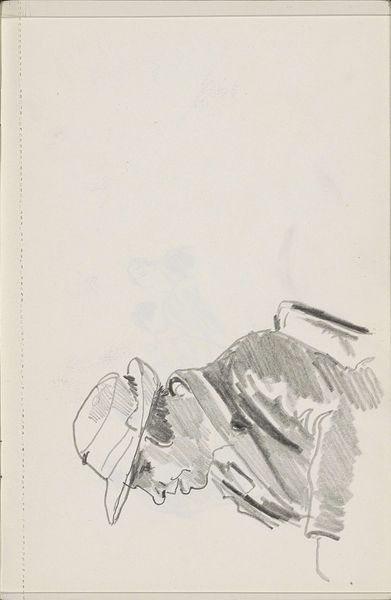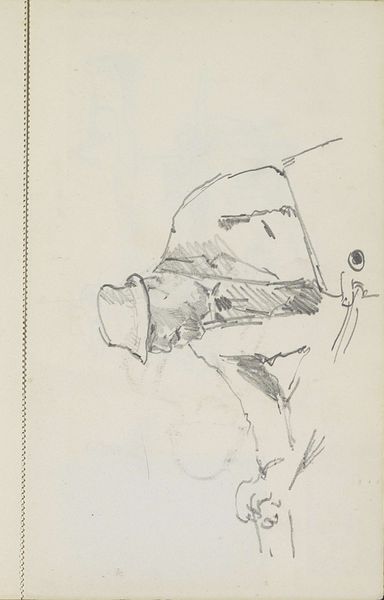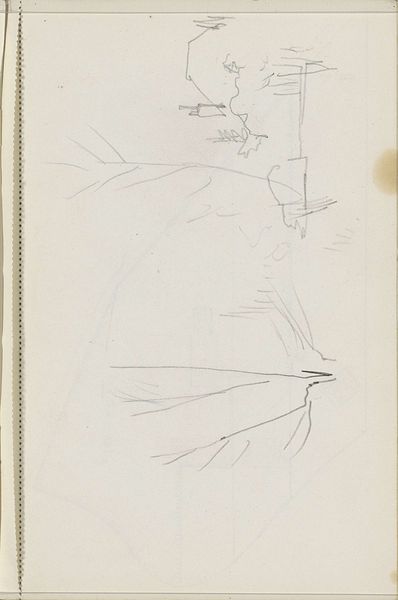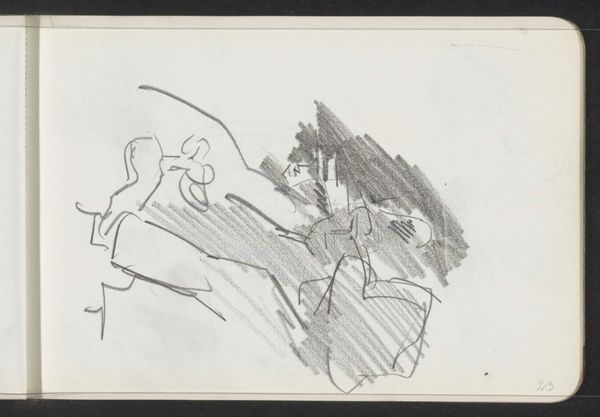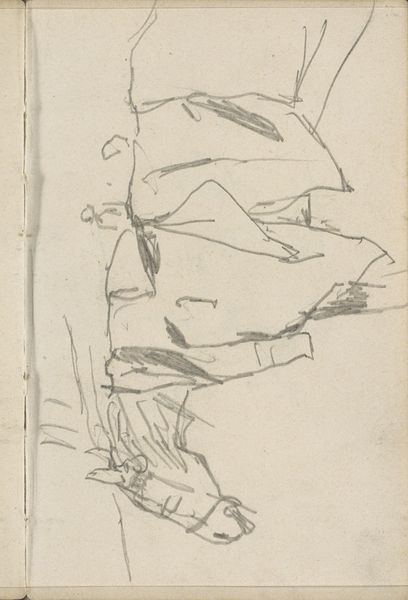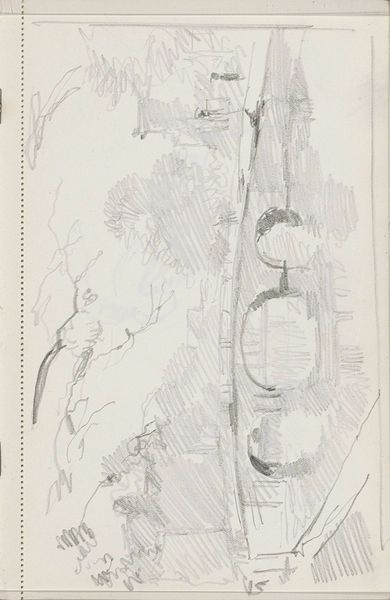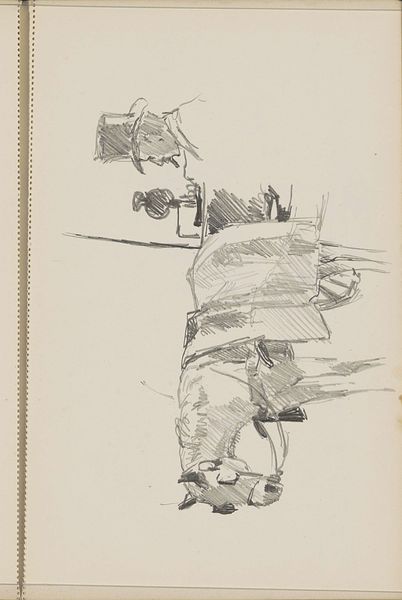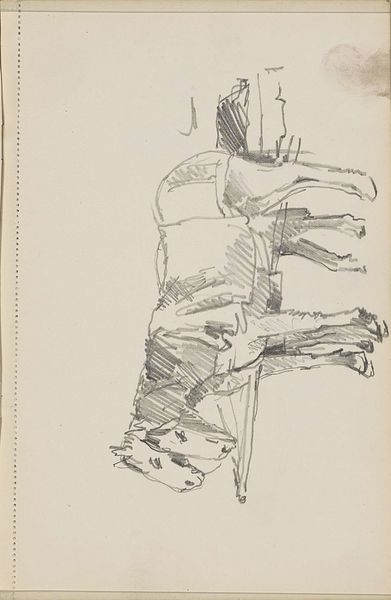
Copyright: Rijks Museum: Open Domain
Editor: This is "Two Seated Women in Long Dresses" dating back to around 1916, and it’s a pencil drawing by Reijer Stolk here at the Rijksmuseum. It feels so immediate, almost like a glimpse of a private moment. What do you see in this piece? Curator: It is compelling, isn’t it? Beyond the Impressionistic style, the sketch invites us to consider the position of women in early 20th-century Dutch society. Observe their clothing and posture. How do these visual cues inform our understanding of their social standing? Are they from a privileged class? Does the act of being observed change the interaction or the way in which we percieve these figures? Editor: That's interesting. The long dresses, almost concealing their forms, seem to place them within a certain social constraint. Were they even allowed to show much skin? The sketch seems to portray something very ordinary, so why do you think it deserves to be hung up in the Rijksmuseum? Curator: Precisely! Consider that in the context of growing social awareness and calls for emancipation. Stolk's choice to depict them in such an intimate, seemingly unremarkable moment challenges conventional representation of women in art history, opening space for thinking about lived experiences outside the traditional patriarchy. It invites us to contemplate silent revolution. It's not a heroic portrait, it's a casual portrayal. Editor: So, the power lies in its everydayness and what it suggests about the changing roles of women at that time. That gives the sketch so much more depth. I appreciate that shift in perspective. Curator: Exactly! Looking at art through the lens of social change illuminates the nuances of everyday life, challenging established narratives and empowering us to forge richer connections with the past.
Comments
No comments
Be the first to comment and join the conversation on the ultimate creative platform.
